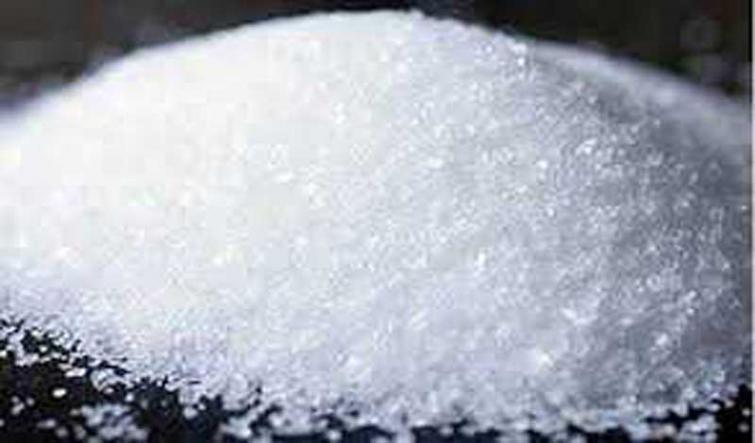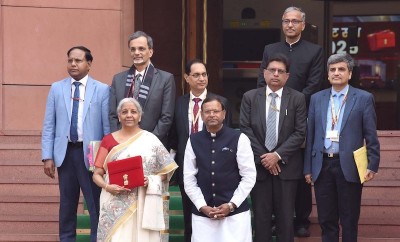 Ethanol
Ethanol
Govt opens 6 months window for fresh applications for ethanol prodn
New Delhi: The government has decided to open a window for six months for inviting fresh applications from project proponents to set up new distilleries or expansion of existing distilleries to produce 1-G ethanol.
The decision has been taken to enhance ethanol production capacities in the country and to achieve 20 percent blending by 2025.
Consequently, to ensure that only serious project proponents are issued in-principle approval by the Department of Food and Public Distribution (DFPD), the window has been opened for inviting fresh applications from those project proponents who have acquired land for the project and obtained environmental clearance.
The Centre’s decision will facilitate sugar mills to set up new distilleries or expand their existing distilleries and thereby help in diverting excess sugarcane/sugar to ethanol.
New grain-based distilleries would come up in deficit states like northeastern states, southern states like Tamil Nadu, Andhra Pradesh, Telangana and states like Bihar, Madhya Pradesh, etc.; this would help in the distributed production of ethanol.
The ethanol distillation capacity of molasses-based distilleries was only 215 cr liter prior to 2014. However, in the past 7 years due to the policy changes made by the Centre, the capacity of molasses-based distilleries has increased by one and a half times and is currently at 569 cr liter.
The capacity of grain-based distilleries which was 206 cr liter in 2013 increased to 280 cr liter.
Thus, the total ethanol production capacity in the country has reached 849 cr liter.
However, ethanol production capacities are required to be enhanced to about 1700 cr liter to achieve 20 percent blending by 2025.
Opening the window would help in the augmentation of ethanol production capacities.
Till 2013, the supply of ethanol to OMCs was only 38 cr liter with blending levels of only 1.53 percent in ethanol supply year (ESY) 2013-14.
Production of fuel-grade ethanol and its supply to OMCs has increased by 8 times from 2013-14 to 2020-21.
In ESY 2020-21, we touched a historically high figure of about 302.30 cr liter thereby achieving 8.10 percent blending.
In the current ESY 2021-22, about 158 cr liter ethanol has been blended with petrol till 17.04.2022 thereby achieving 9.77 percent blending. It is expected that in the current ethanol supply year 2021-22, we will be achieving the 10 percent blending target.
With the vision to boost the agricultural economy, reduce dependence on imported fossil fuels, save foreign exchange on account of crude oil import bills and reduce the air pollution, the Government of India has fixed a target of 10 percent blending of fuel-grade ethanol with petrol by 2022 & 20 percent blending by 2025.
The Central Government with a view to increasing the production of ethanol and its supply under the Ethanol Blended with Petrol (EBP) Programme, especially in the surplus season, and thereby improve the liquidity position of the sugar mills enabling them to clear cane price arrears of the farmers, notified different interest subvention schemes for sugar mills and distilleries during 2018-2021.
The government is extending financial assistance in the form of interest subvention @ 6 percent per annum or 50 percent of the rate of interest charged by banks, whichever is lower, on the loans to be extended by banks for five years including a one-year moratorium.
Support Our Journalism
We cannot do without you.. your contribution supports unbiased journalism
IBNS is not driven by any ism- not wokeism, not racism, not skewed secularism, not hyper right-wing or left liberal ideals, nor by any hardline religious beliefs or hyper nationalism. We want to serve you good old objective news, as they are. We do not judge or preach. We let people decide for themselves. We only try to present factual and well-sourced news.







